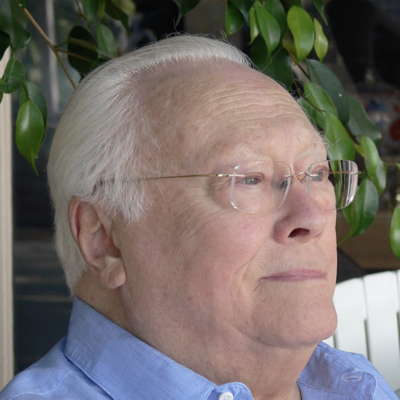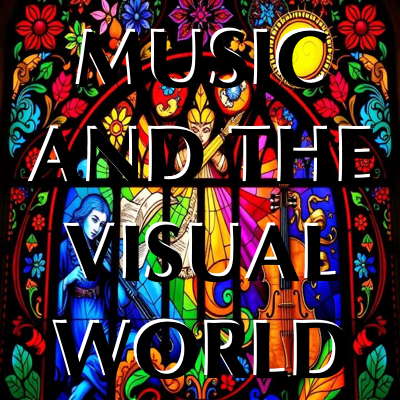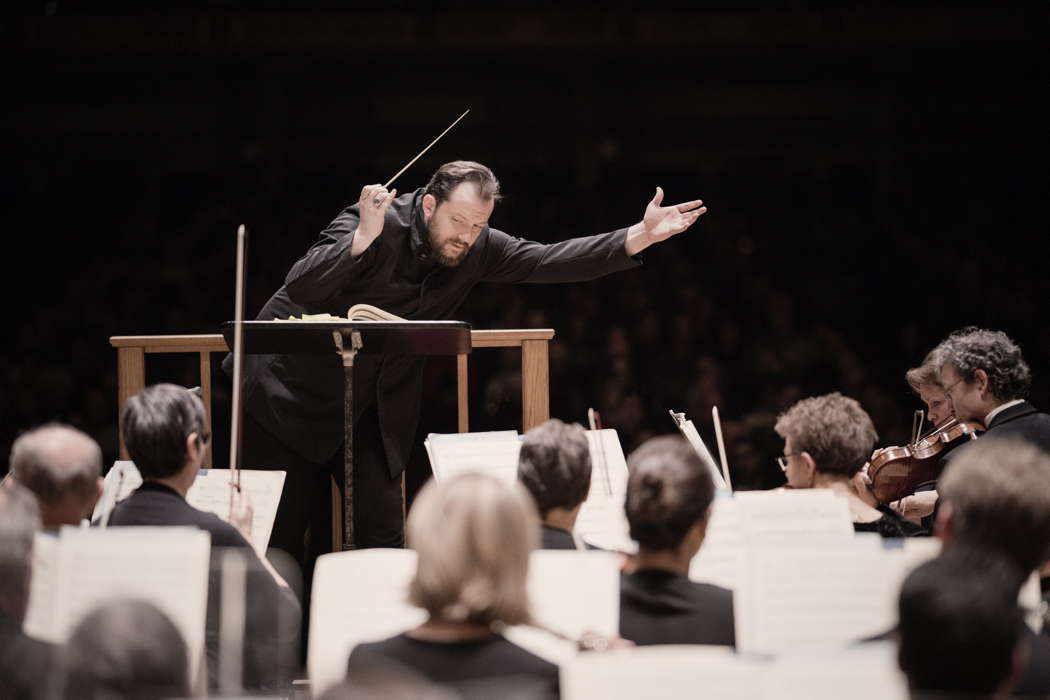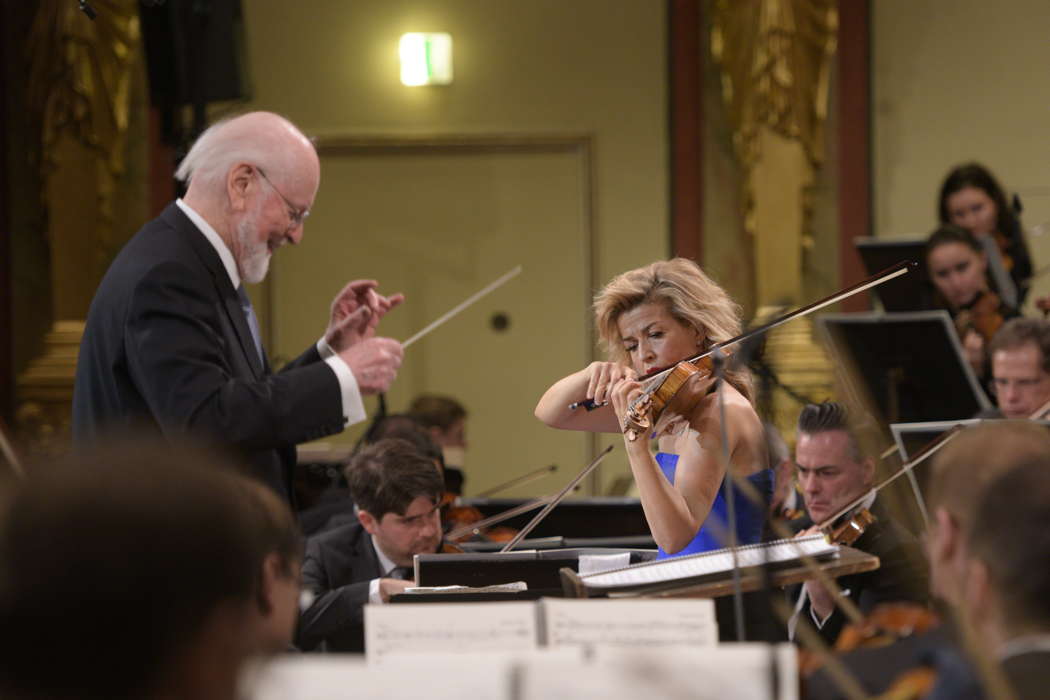- Catalan
- Alban Berg: Wozzeck
- Latvia
- cello
- Marion Stein
- Ablaze Records
- Grace Williams: Carol Nadolig
- Ayanna Woods
 VIDEO PODCAST: Find out about composers from unusual places, including Gerard Schurmann, Giya Kancheli, Nazib Zhiganov and Nodar Gabunia, about singing in cars, and meet Jim Hutton from the RLPO and some of our regular contributors.
VIDEO PODCAST: Find out about composers from unusual places, including Gerard Schurmann, Giya Kancheli, Nazib Zhiganov and Nodar Gabunia, about singing in cars, and meet Jim Hutton from the RLPO and some of our regular contributors.
 DISCUSSION: John Dante Prevedini leads a discussion about Music and the Visual World, including contributions from Celia Craig, Halida Dinova and Yekaterina Lebedeva.
DISCUSSION: John Dante Prevedini leads a discussion about Music and the Visual World, including contributions from Celia Craig, Halida Dinova and Yekaterina Lebedeva.
A Zest for Rebirth
JOHN DANTE PREVEDINI reports on the opening of the Boston Symphony Orchestra's new season, including a performance of John Williams' Violin Concerto No 2
On 2 October 2021, the Boston Symphony Orchestra presented the opening program of their first season following nearly two years of pandemic hiatus. The concert at Symphony Hall featured John Williams conducting his new Violin Concerto No 2 with soloist Anne-Sophie Mutter, for whom the work was composed. Bookending this piece were the opening Beethoven overture The Consecration of the House and the closing Bartók Concerto for Orchestra, both conducted by Andris Nelsons. The concert heralded the long-awaited return of live audiences to Boston's iconic venue, and the requirement of masks and vaccines proved no hindrance in finding eager listeners of all ages to fill the house to capacity. The remarkably joyous atmosphere was reflected in the demeanor of the conductors, the orchestra, the ushers and especially the audience, whose every moment of applause was a standing ovation. This mood was heightened yet further by the presentation of the evening's selections, whose preparation and execution were deeply thoughtful and well attuned to the historic nature of the moment.
The programming alone, in light of the ensemble's recounted history, made for an overall concert experience potent with significance and symbolism. Specifically, The Consecration of the House had opened the first concert of the orchestra's inaugural season in 1881 and the Concerto for Orchestra had been premiered by the BSO at Symphony Hall in 1944. Taken together, this effectively served to buttress the 2021 concert as a reassertion of the ensemble's very foundations and even a gesture of re-consecration for the newly reopened house. Add to this the presentation of John Williams' forceful and compelling new concerto, and the combination becomes an invigorating statement of rebirth for a beloved cultural institution in the wake of a global catastrophe.
Under the baton of Nelsons, the Beethoven overture took on an unusual character of reverence, resoluteness and composure that seemed highly appropriate for the occasion. This is in contrast with most other renditions of the piece I have heard before, which infuse the concluding section with a much greater sense of carefreeness and unrestrained energetic drive.

Andris Nelsons and the Boston Symphony Orchestra. Photo © 2018 Marco Borggreve
For the closing Bartók concerto, Nelsons extended this sensitivity yet further, delivering a performance of the third movement, 'Elegia', that was uncommonly elegiac (perhaps only the von Karajan interpretations come close to this standard in my recollection). This was paired very effectively with the stateliness he brought to the first movement, his fusion of energetic momentum and timbral brightness in the fifth and his delightful unveiling of Bartók's genuine humor in the second and fourth. Particularly notable was Nelsons' attention to the balance of tone color and dynamics between large and small forces within the ensemble, something essential in bringing to fruition the unique orchestral demands of this enduringly popular work. As the seemingly contradictory title indicates, this is a Concerto for Orchestra, meaning that the role of the 'soloist' is spread throughout the entire ensemble over the course of the piece.
Between these two selections of historically significant repertoire was the new John Williams violin concerto, a work spanning just over half an hour in four movements: Prologue, Rounds, Dactyls and Epilogue. Despite the composer's renown as a musical storyteller, he indicates that for this concerto it is up to listeners to bring their own viewpoints and life experiences when searching for the music's meaning.
Considering my own perspective as an interdisciplinary composer and the symbolic context of the violin concerto's inclusion within this particular BSO program, there is one possible interpretation I find myself especially bringing to mind. I am drawn to the ways in which John Williams seemingly uses parameters of sonic organization to evoke the journey of a determined spirit of 'normalcy' in the face of relentless disruption and disorientation. By this I mean the orchestra's incessant stream of abruptly shifting tempos, dynamics, tone colors, harmonic centers and melodic materials from which Mutter's violin solo constantly draws fragmentary material to reassemble into something defiantly stable, clear and humanistic in response. I hear this, for instance, in the motives of the unaccompanied violin in the Prologue which evoke the rhythms of desperate speech and labored human breath. I also hear this in moments of the next movement, Rounds, which recall flying and singing. Furthermore, I hear it in the aching arioso quality of her solo during the last two movements (the third movement proceeds attacca into the fourth with no audible demarcation), including a memorable instance of Mutter seemingly engaged in a call-and-response duet with herself. All of this suggests to me the solo violin's embodiment of an isolated voice thirsting for the visage of something understood, loved and cherished - a voice persisting in the assertion of its own integrity and the survivability of its own lifelong sources of meaning amid a sea of disintegration.

Anne-Sophie Mutter and John Williams in Vienna. Photo © 2020 Terry Linke
Whatever individual interpretations we may bring to it, John Williams' Violin Concerto No 2 is a challenging composition. On the one hand, this new work of his will likely defy the expectations of many listeners for whom he has come to represent the very embodiment of familiarity, accessibility and comfort in the orchestral idiom. He is also, however, proposing a literal challenge for us here: to make sense of the unexpectedly thorny music ourselves on our own terms, unassisted by any accompanying storyline. If we accept his challenge, then perhaps in some way it might even serve as a small metaphor for the productive challenge of making sense of the havoc wrought in our world these past two years.
All considered, the concert set a tone that was not triumphant as much as reflective and emboldening. Perhaps this is appropriate, however, considering that the program encouraged the audience to bring the evening into the context of a long view of history. When understood in this way, the coming together of the Boston Symphony Orchestra, Andris Nelsons, Anne-Sophie Mutter and John Williams was not simply a celebration of an extraordinary moment. It was also a testament to the potential of artistic life to survive as long as we refuse to give up on it.
Copyright © 5 October 2021
John Dante Prevedini,
Connecticut, USA



